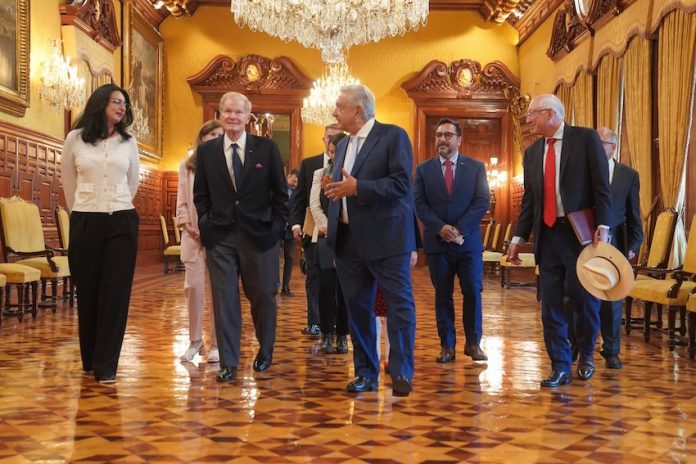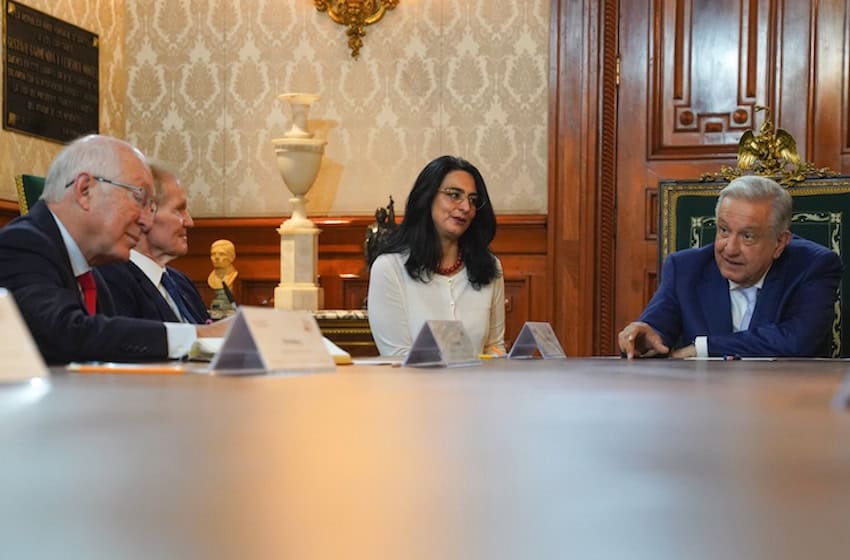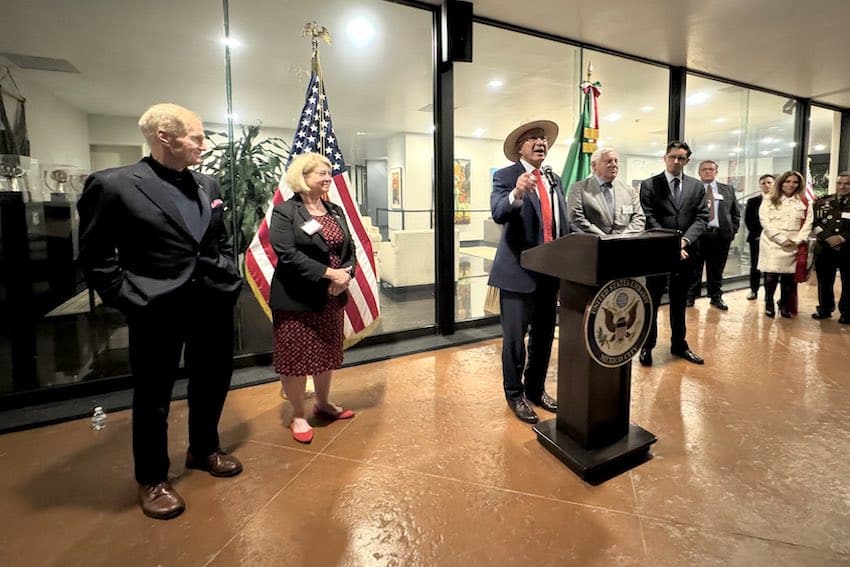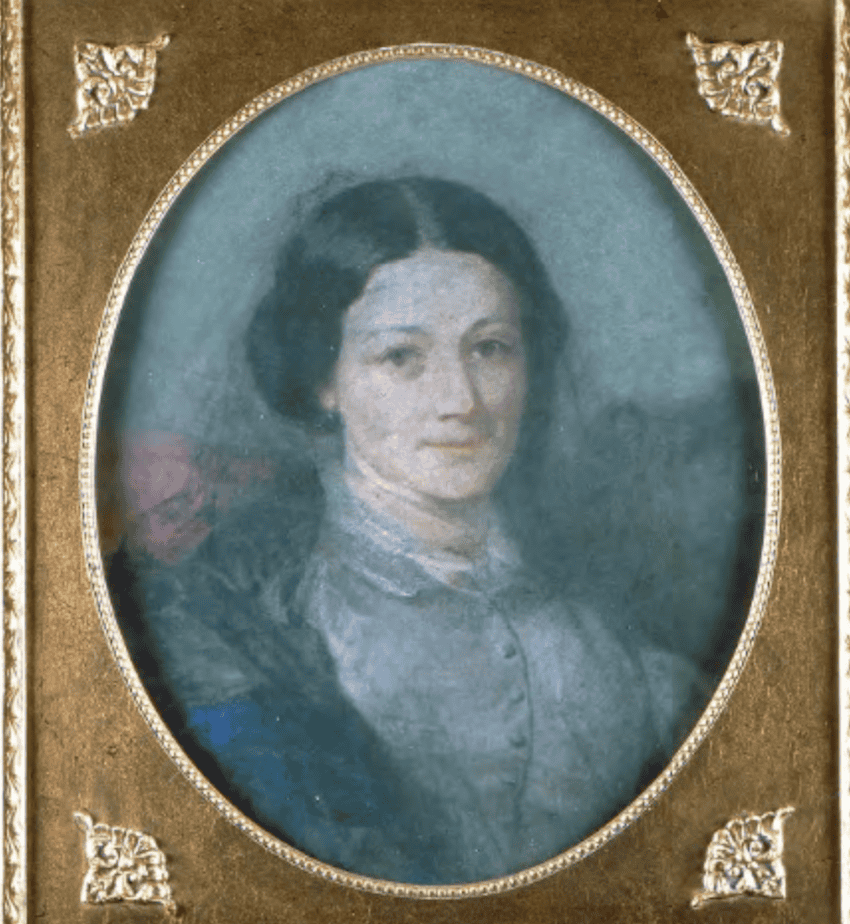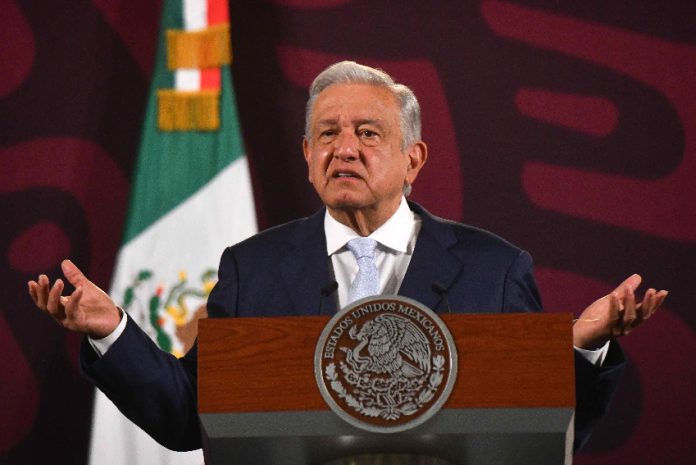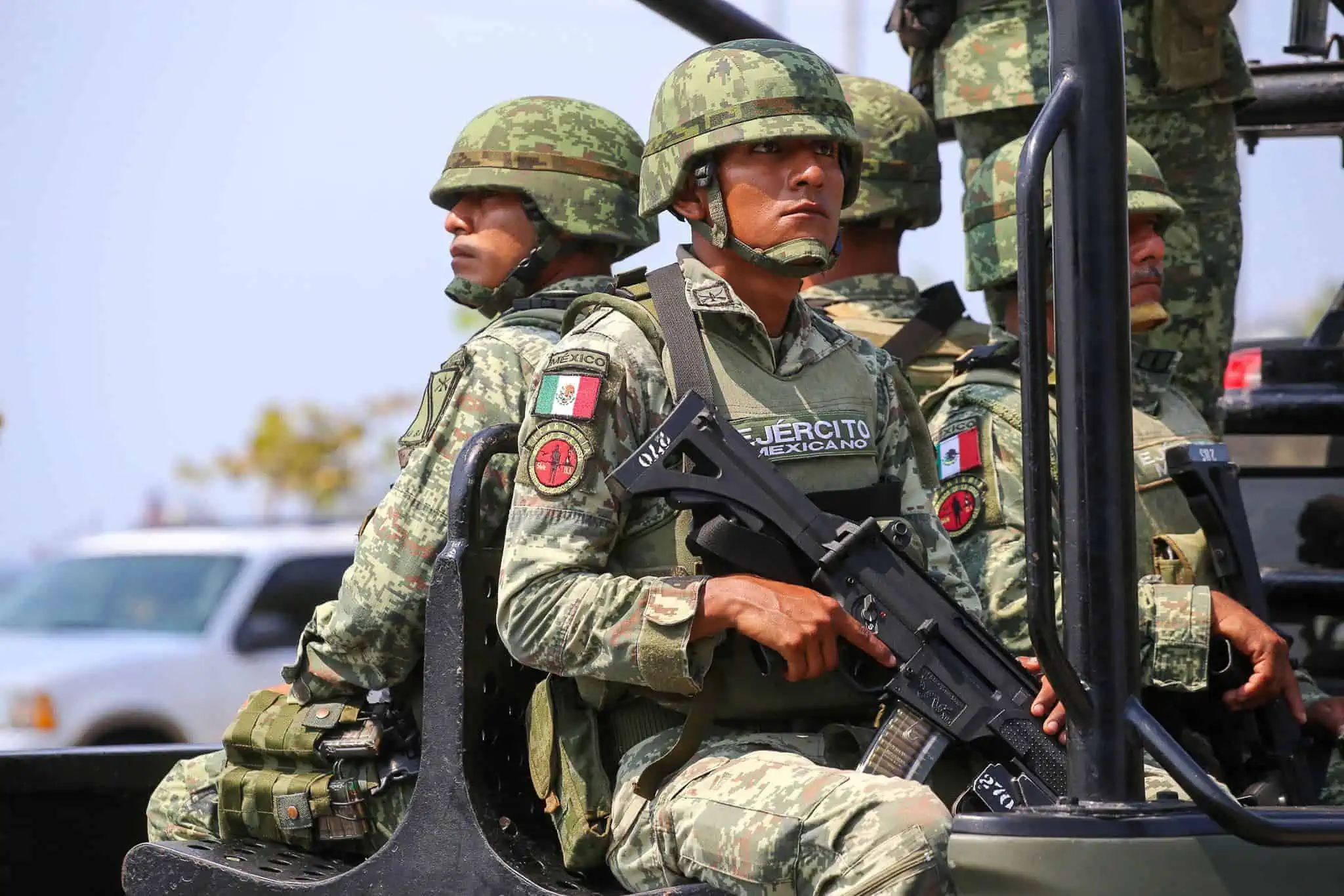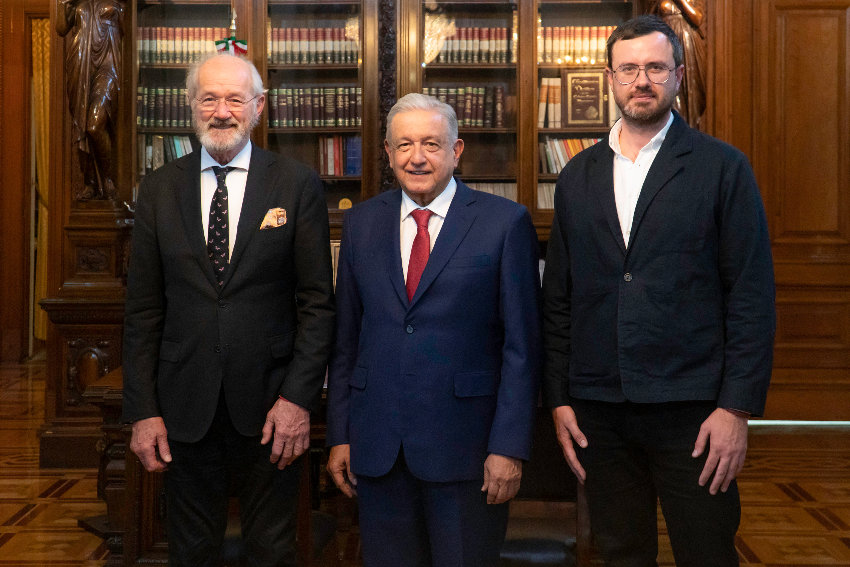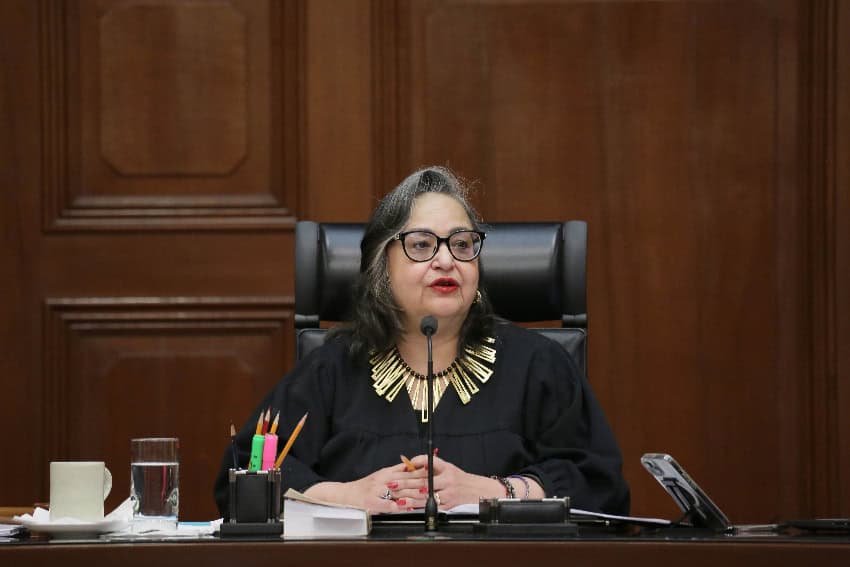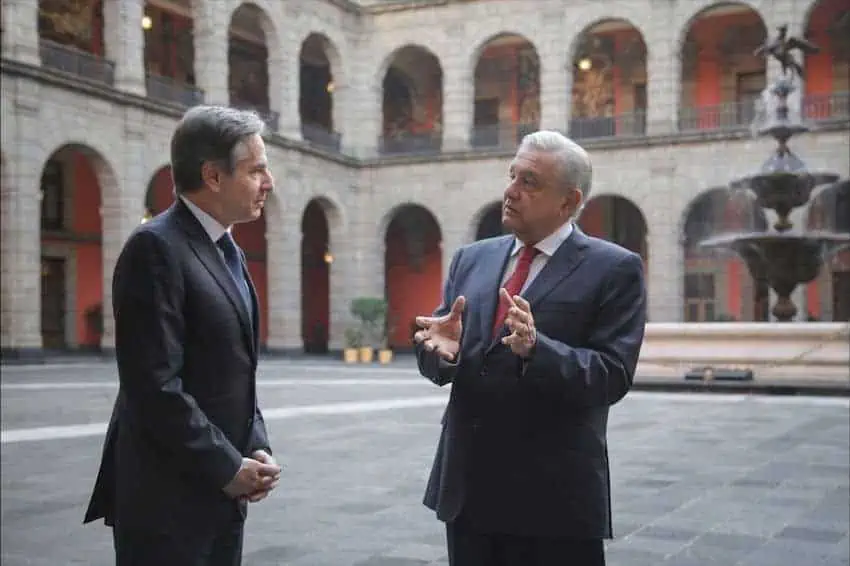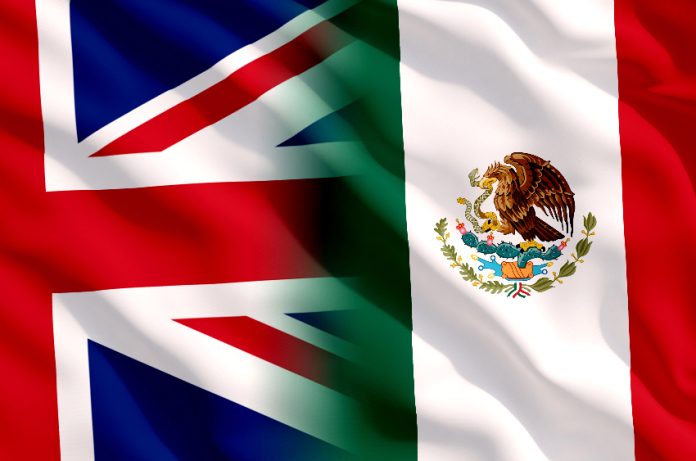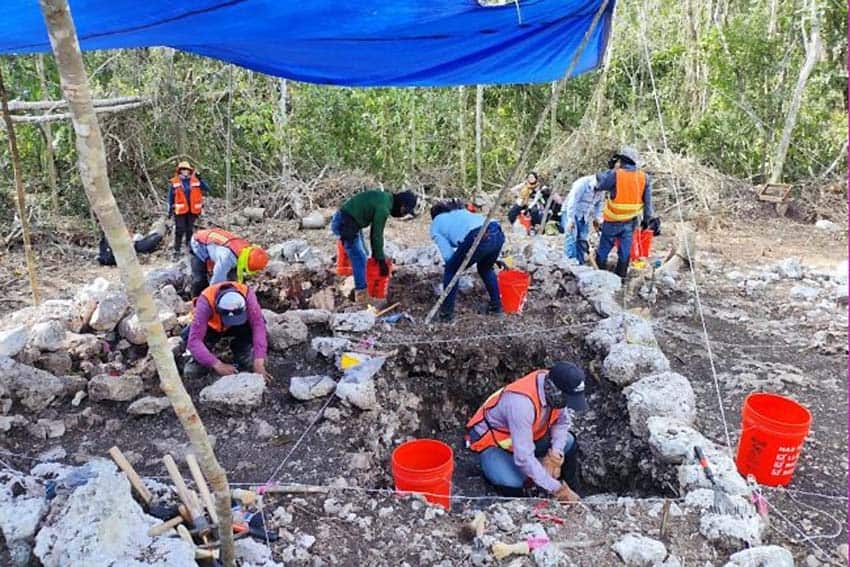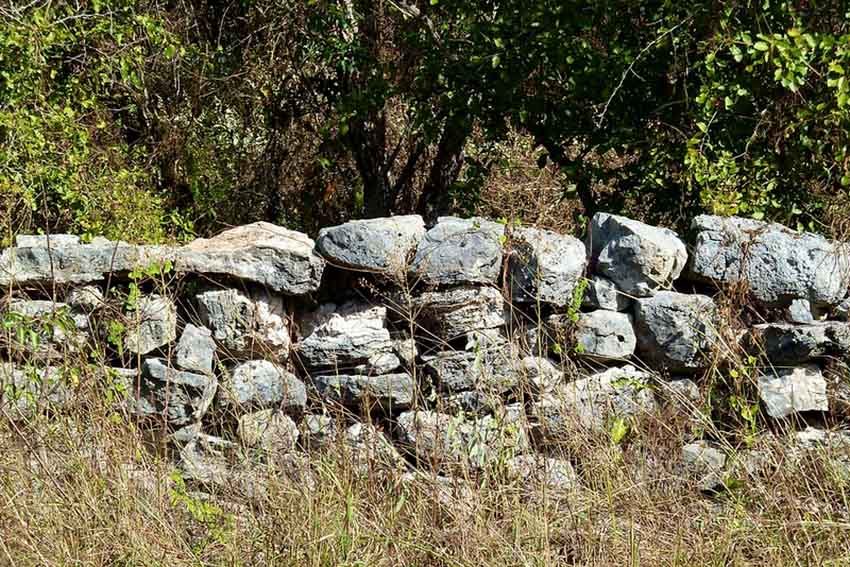Bacalar is one of those places you need to see to believe. A shimmering lake in the most idyllic shade of turquoise seems to extend endlessly, like an extension of the picture-perfect Caribbean. Except it’s not the sea at all — it’s the Laguna de Bacalar, a freshwater lake, the second largest in Mexico. Known as the Lake of Seven Colors, the waters here are so brilliantly blue and translucent that Bacalar has been bestowed with the moniker of the Maldives of Mexico.
Laguna de Bacalar is a 42-square-kilometer lake that sits tucked in the southeastern corner of the state of Quintana Roo. Steeped in Maya history, Spanish conquests and pirate lore, the lake is anchored by the Pueblo Magico of the same name, known for its eco-friendly accommodations, boho vibe and laid-back lifestyle.

About five hours south of Cancún, this breathtaking slice of scenery was a well-kept secret for years. Now, however, with the expansion of tourism in Quintana Roo and the addition of the Maya Train and Tulum International Airport, Bacalar is growing faster than ever, poised to be Mexico’s next beachy hotspot.
Let’s dig a little deeper into this exciting location, which ought to be on your travel radar if it isn’t already.
How to get to Bacalar
Up until recently, Bacalar was a bit of a hike to get to, which is why it stayed off the gringo tourist trail for so long. But Bacalar is anything but a secret to Mexican nationals, who have been naming the Lagoon as one of their top vacation destinations for decades.
Nowadays, visitors can get to Bacalar in a variety of ways. They can fly into Cancún and rent a car for the five-hour drive or take a long-distance bus. Another option is to fly into Chetumal, which is only 45 minutes from Bacalar. As of last December, visitors can now also fly into the Tulum International Airport, which is two and a half hours away from Bacalar.

Best things to do in Bacalar
A scan across the crystal waters of Bacalar reveals a snapshot of life on the lake. Kayaks slip across the surface, while sun worshippers lounge on wooden docks. The only soundtrack is that of the birds in the trees and the gentle lapping of the water. For residents and visitors, Bacalar is all about the lake, as well as relishing its natural beauty, tapping into the history of the region and keeping the environment as well-preserved as possible.
Visit the Fort of San Felipe: Get acquainted with the history of Bacalar with a visit to the Fort of San Felipe. The stone fort sits right at the entrance to the town of Bacalar, with views out over the bright blues of the lake. The fort dates back to the 18th century and was developed to protect Bacalar from international pirates. In the middle of the 19th century, the fort was taken over by rebel Mayans during the Caste War of Yucatán. Today it operates as a museum, telling the multicultural history of southern Quintana Roo and the lake.
Snorkel the Cenote Azul: The earth beneath the streets and forest floors of the Yucatán Peninsula is practically honeycombed with spectacular underground caves and cisterns known as cenotes. These subterranean natural wonders have been celebrated by Maya peoples for thousands of years as entrances to Xibalba, or the underworld. Bacalar has its fair share of cenotes within a short distance, but none is as famous as the Cenote Azul. Reaching depths of over 90 meters, the dark blue hole is separated from the lagoon by a thin strip of land. Visitors can swim and snorkel the lagoon to explore its mysterious depths or simply lounge on its banks and enjoy the view.
Sail the lake: Of course, nothing is as exciting as getting out onto the lake itself. Visitors to Bacalar can sign up for one of the many organized sailing tours that cruise across the lake throughout the day and into sunset. Sunset experiences on the lake are like none other, as the sky melts into pinks and purples mirrored in the waters of the lagoon. Many of the lake clubs and lakefront hotels have kayaks and paddleboards for guests to take out as well. You can even navigate your way through the Canal de los Piratas, which pirates used to secretly enter the lagoon in the 18th century during their many attempts to attack the town of Bacalar.

Explore downtown: The village of Bacalar is wonderful. Picture Tulum 20 years ago, and you’re getting close to what it’s like in Bacalar today. The sleepy village is bite-sized and webbed with sand-strewn streets. Though it has accumulated a healthy handful of funky shops, bars and restaurants, it is still a far cry from the frenetic energy of Playa del Carmen and Tulum.
Lounge at a Lake Club: Bacalar may not have the miles of white, sandy beaches that you’ll find at other Mexican Caribbean destinations. But it does have a few small beaches and overwater docks that stick out into the lagoon. These affordable establishments usually charge a small fee to use facilities like the docks, hammocks, kayaks and restaurants.
Where to eat in Bacalar
Bacalar’s culinary scene is one of the most up-and-coming in the country, where boho-chic design meets locally sourced ingredients.
El Manatí: Breakfast in Mexico is nothing short of an art, and the chefs at El Manatí are some of the best artists around. Hungry morning people flock for their thick burritos, overstuffed omelets, chilaquiles and fluffy pancakes. They also have fabulous smoothies and strong coffee. What makes this spot unique is the tropical patio setting and the splashes of colorful murals. El Manatí even has live music for brunch now and then too.

Mi Burrito Bacalar: Speaking of brunch, Mi Burrito Bacalar is one of the best spots in town for a mid-morning meal. If you’re craving plump burritos, this is the place to be. The restaurant is nothing more than a wooden awning that creates a casual dining place in front of the burrito truck. But it’s got exactly that no-frill, casual atmosphere that visitors love so much about Bacalar.
La Playita Bacalar: With a direct view over the lagoon, this is one of the best tables in town. The relaxed setting sets the scene for fish tacos, ceviche, shrimp, grilled burgers and tropical cocktails. They have a dock that is part of the restaurant from which you can jump straight into the lagoon, so pack a bag and make a day of it.
Mango y Chile: For such a small town, Bacalar has a lot to offer vegan travelers. Mango y Chile is one of the most popular vegan restaurants in town. Their menu serves vegan burgers, tofu sandwiches, salads and tacos.
Best Bacalar Hotels
The beauty of Bacalar is that its accommodations are as relaxed as the scene itself. A stay in Bacalar is about disappearing into nature, dialing down the high speed and embracing a minute-by-minute lifestyle. You won’t find international chains or all-inclusive resorts here. Bacalar is boutique and eco-friendly and lets the tranquility of the destination tell the story.

Rancho Encantado: A collection of bungalows and villas scattered along the lakefront of the lagoon. The palapa-topped dock is one of the most serene in Bacalar, complete with hammocks that sway out over the water. A lakefront restaurant serves fresh seafood and strong drinks, while activities include a pool, kayaks and paddle boards and a small spa.
Hotel Makaaba: Hotel Makaaba exudes that backpacker hotel vibe that many of us fell in love with in Mexico during our twenties, but it has elevated the experience to make it more comfortable for travelers in their thirties and forties. It is still extremely affordable, at less than $100 a night with breakfast included. But the design touches and comfortable accommodations mean it’s geared toward a more sophisticated traveler. The restaurant here is one of the best in town, and the pool is the center of the social activity, with over-water nets perfect for lounging with a good book.
Casa Hormiga: This boutique resort opened in 2020, with the ethos of being a jungle sanctuary and a place for rituals and healing. With one of the most beautiful designs, Casa Hormiga’s energy embodies the low-impact backpacker spirit, but with a decidedly chic and sophisticated aesthetic. The design takes cues from places like Morocco, Central America and, of course, Mexico. The heart of the hotel is its lengthy list of rituals, which include everything from massages and sound baths to aromatherapy and breathwork.
Meagan Drillinger is a New York native who has spent the past 15 years traveling around and writing about Mexico. While she’s on the road for assignments most of the time, Puerto Vallarta is her home base. Follow her travels on Instagram at @drillinjourneys or through her blog at drillinjourneys.com.

